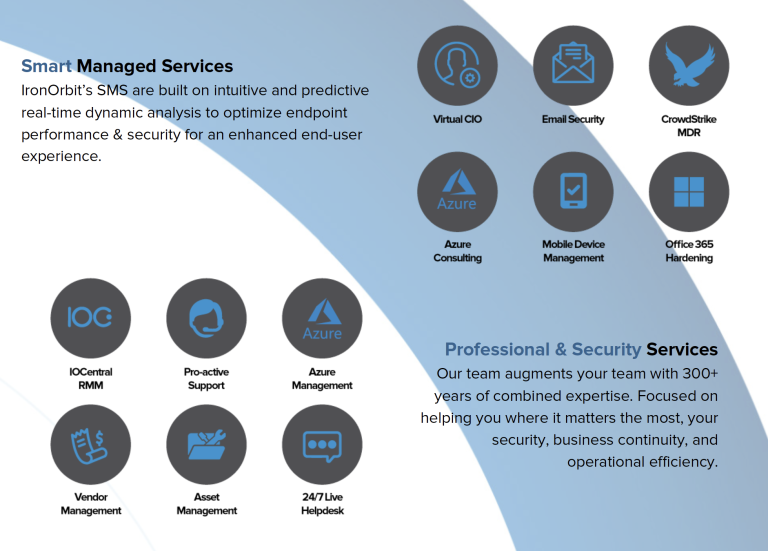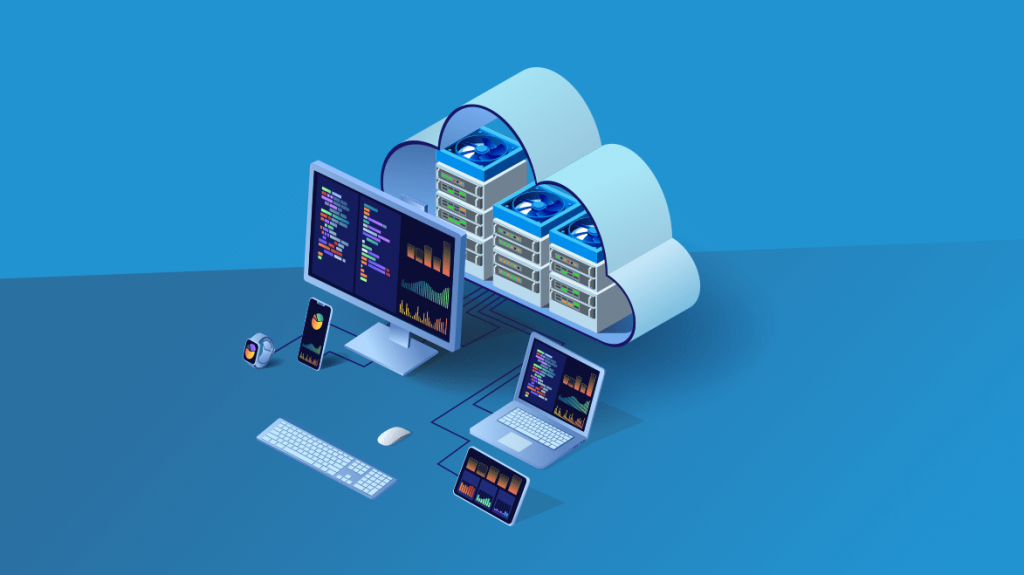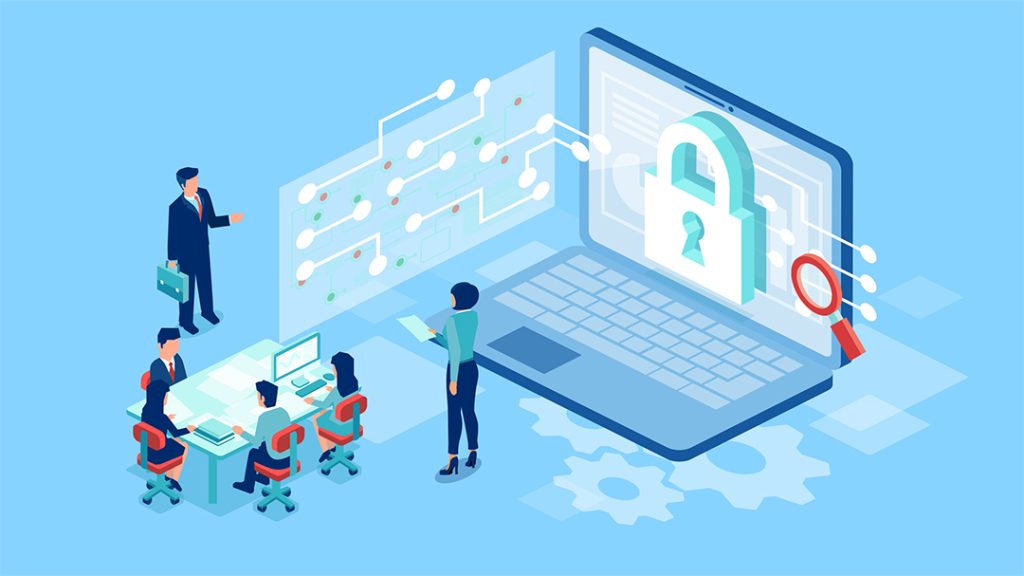Cloud computing is the future of everything digital. Modern IT environments use it. “Modern IT” is now hosting its infrastructure in some form of the cloud. Moving to the cloud is especially important for architects, engineering, and construction firms (AEC). A 2017 Sage Survey found that most of AEC firms had already moved to the cloud. It was quite a jump from an earlier survey conducted in 2012 when only 16% of construction contractors had migrated to the cloud.
That’s why most of them are on the cloud in one form or another. The AEC industry is highly fragmented, data-intensive, and project-based. Designing, building, and repurposing require all the traditional disciplines you’d expect, but also many ancillary areas such as energy, environment, and waste.
The Journal of Cloud computing: Advances, Systems, and Applications reported that sharing data and supporting coordination between people involved is difficult and reliant on third-party tools to support such capability. “We believe cloud computing provides a more efficient and robust mechanism for individuals within the AEC industry to collaborate and share data. Work is already underway in the AEC sector for developing data and process models to enable greater interoperable working between project participants.”
This research has led to the development of the concept of Building Information Models (BIM) – a design process that looks at a building’s life cycle. The BIM concept helps designers and others see how a building will use resources before it’s built. BIM was an evolution of ideas. Start with a powerful digital drawing tool and then evolve it into a much more sophisticated program. The software works in partnership with the designer or architect. A set of drawings becomes an interactive database. When the designer draws on the screen, the BIM system computes the properties of the building and even suggest improvements for everything from energy efficiencies to people flow while costing out every conceivable option. Every variable is built into the AutoDesk software. Any design changes are immediately reflected in revised cost estimates. It tells how much energy the modified design will save. The architect is working with a set of drawings and a data model that understands the whole building as a three-dimensional living system. Keep in mind that BIM includes all the information about a building. It should be a complete 4D virtual repository of the data associated with the structure from beginning to the end of its life.

Being on the cloud facilitates hiring, and retaining, some of the best talents all over the world.
THE CLOUD ENABLES REMOTE COLLABORATIVE TEAMS to work seamlessly together on complex projects.
Collaborative working environments have been long-standing key aspects of AEC workflows. Traditionally, those collaborative teams had to commute to one centralized location. Today, offering work environment flexibility (home office or corporate office) has become somewhat of an expected perk. This was a trend long before the coronavirus reared its ugly head. Now, there are government mandates pressing the point even more. We’re all being forced to work from our homes. Coronavirus aside, future AEC firms don’t want to have their collaborative teams tied to one physical location. Not any more.

Jennifer Howe, VP of SMMA (an architectural firm headquartered in Boston) and acting president of the ACEC organization, Massachusetts Chapter says, “As much as I don’t want to be working from home, there are times when I need to be working from home. Our IT staff had us set-up to work remotely, but it wasn’t the same as what we have now with the cloud. I can be on my laptop with IronOrbit and see everything the same way as we see it while we’re in the office.”
She recognizes that it’s more of an employee’s market now. “The ability to offer talented candidates the option to work from home is an added incentive to join your team.” That’s especially true when nothing is lost while moving from the office workstation to your mobile device-of-choice working at home. But there are other reasons to migrate to the cloud.
A much more enhanced remote work experience is not the only reason to move the cloud. The biggest, more critical reason, is security. But it can’t be just any cloud solution. , The cloud environment needs to customized to the unique needs of the firm. Jennifer talks about the biggest threat every firm faces. “Ransomware attacks are a tremendous concern. An ACEC Mass member firm had a recent incident where they were hit with a cyber-security breach. That was very concerning to our entire chapter. ACEC actually hosted an informative event where they shared some of the issues that they had. For SMMA, as government contractors, we need to be very protective and careful with the information that we have.”
Just a few short years ago, Google Drive and DropBox were the popular options between those who wanted to share large files. Those options weren’t great at protecting intellectual property. Concerns over security justifiably kept many AEC firms from utilizing them.

In addition to state-of-the-art firewalls, antivirus protocols, malware filters, and encryption, a truly holistic approach to security includes 24/7 monitoring.
Industry-Wide Concern for Security Is At An All-Time High
Carlos Charry is the Director of Technology for SMMA. He says security has been a top concern for everybody. “One of our competitors got hit with ransomware a few years back. It made me look at our own situation and ask, ‘Are we prepared for this?’ I knew we weren’t ready.”
The level of security provided by IronOrbit – the firm’s cloud solution provider is far beyond anything they could have accomplished on their own. The entire IT infrastructure is protected by state-of-the-art firewalls, antivirus protocols, malware filters, and encryption. The security doesn’t stop there. There is an entire team of engineers, rotating around the clock, monitoring the data centers for any type of potential security threat.
But Carlos adds, “The question of security aside, you still have to keep up with technology. That means having your IT infrastructure on the cloud. The cloud provides faster updates. Just keeping all your applications up to date saves you a lot of trouble. Most of my time before the cloud was spent handling IT issues. Things like the network not being responsive or our server going down. I spent time on things like that and couldn’t devote myself to what I truly love to do which is to improve our business processes. I want to make them better so the company can become ever more efficient.
Carlos continues, “The cloud has enabled us to hire anyone anywhere in the world. The employee just needs a PC and an Internet connection of some kind and they can utilize our tools. We currently have people working for us from Maine and New York. Since we’ve moved to the cloud, my headaches have been reduced. Once an employee is connected to the cloud, I don’t have to worry about it. I know the data is automatically being backed up. My worries are basically gone.”
FINDING THE RIGHT WAY TO COLLABORATE IS CRITICAL TO RUNNING AN EFFECTIVE BUSINESS
Jennifer says, “Working with Carlos, our IT director, we’re always looking for better ways to do our work. SMMA is a full-service design firm. Collaboration is the key to our success. Finding the right way to collaborate internally and collaborate with our clients is a critical part of running an effective business.
MOVING TO THE CLOUD. WHAT IS IT LIKE?
People were hesitant at first. The cloud environment is different from having your server on the premises. It’s different. “As we were going up to the cloud, and trying to figure out how to use it, they weren’t sure at first what to expect. Is it going to make my life better or worse? Finally, through effective collaboration and communication, we found it to be an invaluable tool. I find that I can access whatever I need wherever I am. One of the things that surprised me was being at a client meeting and just being on wi-fi and act as if I were in the office. I’m able to pull up any document I need at any time. For example, I do a lot of government work. When I’m doing a client visit, I often don’t have wi-fi available to me. No worries. I just turn on the hotspot on my phone and still be able to open up a CAD drawing. You’d think that would be impossible to do, right? But it really works quite well.”
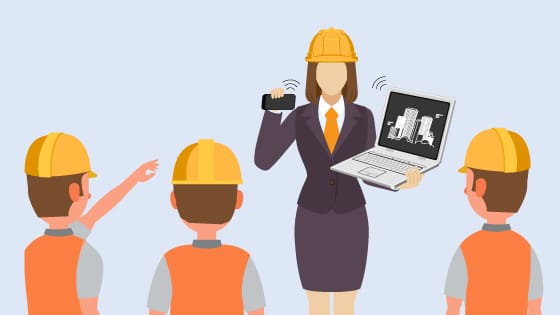
Being able to be remote and share a CAD drawing on your laptop using the hotspot on a smartphone is amazing. “You think it’d be impossible, but it actually works very well.”
Hector Inirio is the Design Technologist. He says, “That the most attractive aspect of moving to the cloud was a blend of things. There are many aspects of advanced IT that are beyond our expertise such as high-end security threats. Ransomware is a good example. I really liked the fact that cloud technology democratized our computer systems. We’re not transferring any data from our local workstations. The workstations themselves, really become more like dumb terminals. So, no matter what kind the computer was at a particular desk, they all now respond like high-end machines. Previously, due to cost, we’d only have some users on higher-end machines. The ones who didn’t need the computing power were working on equipment with less computing power. Now, all of them respond with higher specs.”
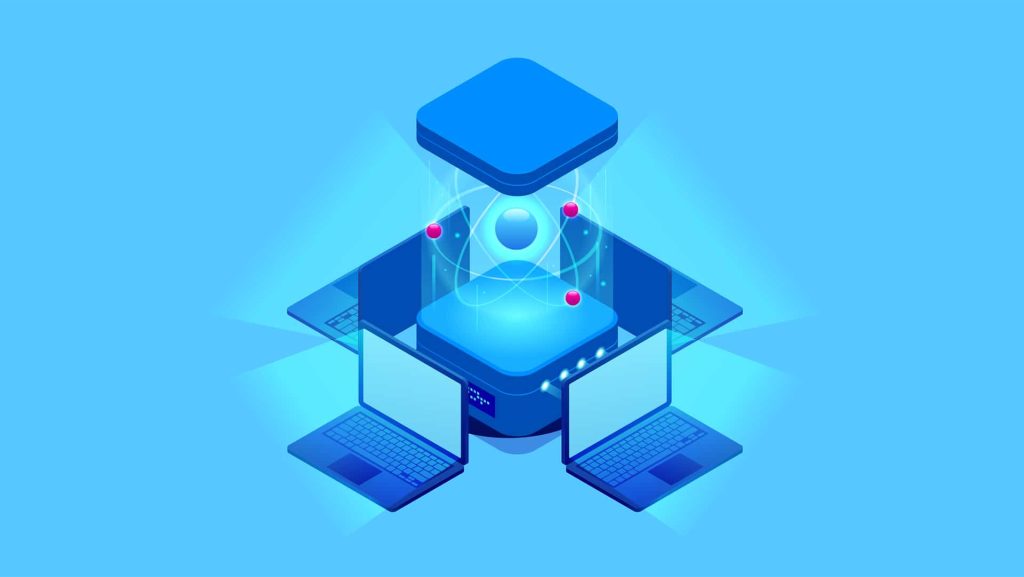
“I really liked that cloud technology democratized our computer systems. It made all of them perform like higher spec machines” – Hector Inirio
The computer terminals become virtual desktops because they are hosted by the external cloud server. Any slowness or frustrations you’ve experienced with your current Internet connection go away. Once users log in to the hosted desktop you’re using bandwidth from the cloud. There are separate gigabyte connections to the Internet. Your bandwidth virtually becomes unlimited.
The technology needed to aid the construction industry’s complex workflows hadn’t become available until the past few years. There are now plenty of SaaS solutions available to make full use of what cloud technology offers. Most contractors are implementing cloud solutions. The few who are not risk losing any competitive edge they had. These firms are also in danger of becoming irrelevant as technology advances at exponential rates. They simply won’t be able to keep up. Remaining current with the speed of technology means being able to focus on human capital. These are qualities like talent, skills, know-how, empathy, and creativity. All of these are undervalued human assets to unlock. You won’t be able to leverage this human capital if you’re stuck in the mud because your technology isn’t current.
MAKE FULL USE OF THE BENEFITS
Construction companies already on the cloud should evaluate if they’re making full use of being on the cloud. There is another benefit of cloud computing. Construction companies should be cashing in on the ability to store tremendous amounts of big data files onto more powerful machines. More can be done with fewer resources. Anywhere there’s an Internet connection you’re good to go. Being on the cloud removes hardware limitations, prevents loss of data, dramatically improves security (if designed correctly), and improves accessibility.
One of the key issues within the industry is the storage of building data throughout the whole life of the building. Data processing is also an important concern for the industry. During construction, a large part of the work takes place on-site where computing resources, up till now, have been non-existent.
The cloud offers data processing power. Drones hover over construction sites and take pictures with detailed GPS coordinates and metadata. Stitching these images into an orthograph requires more processing power than typical computers can muster. Visiting job sites can take hours. Now construction sites can be viewed via a SaaS platform. A design captain or engineer can get a real-time view of the location from anywhere in the world, and on any device. This technology also makes sharing data much easier. There’s a misconception that data becomes less secure on the cloud. It turns out the opposite is true. That is if the new cloud environment has been designed with tight security in mind. If the data is kept at a Level 3 Data Center with round the clock monitoring, cybersecurity is on an entirely different level. It’s in a league of its own. One that isn’t possible for on-prem servers or public clouds.


